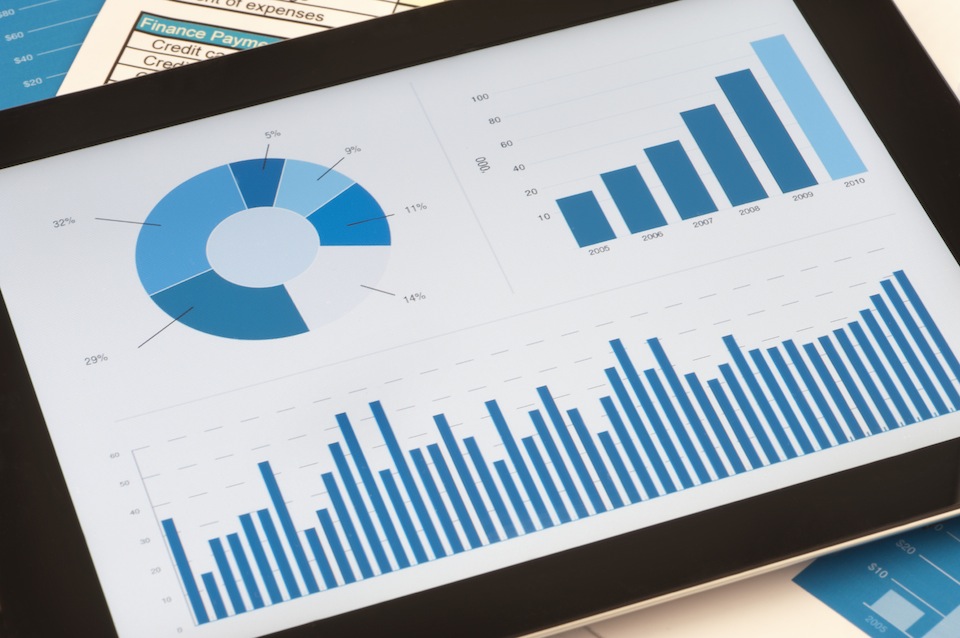
This is the third entry in a series of blogs designed to evaluate the pros and cons of two approaches to restaurant performance management. In the previous entries we defined the terms Above Store Reporting and Enterprise Data Warehousing (EDW).
Both methods are appropriate for restaurant companies, and the best fit for any individual company depends on that organization’s culture and how much they drive the business based on data.
How does culture and goals affect your performance management system?
Some companies rely less on data and more on experience and skill. If a company is remodeling all their stores and they have experience doing it before, their method for measuring progress could require only the number of stores remodeled, and the number left to be remodeled.
Another, more data driven, company might want to know the impact the remodel has had on service times, table turn, product mix, and profitability. If the data indicates the remodels are not living up to expectations, this company has learned about it in time to make changes to improve the impact of the remodel.
Restaurant Reporting, Back in the Day
As mentioned in my first entry, measuring performance of restaurants precedes computers. In 1970, I recall calculating the yield on french fries at a McDonald’s with nothing but a clipboard, paper and pencil. We have always had a way to roll up the numbers for above store reports. In the 1990’s this type of reporting moved to computers in mass, usually in the form of spreadsheets. Spreadsheets were among the first above store reporting tools, and are still the #1 reporting tool in the restaurant industry.
In addition to Excel, many POS and BOH vendors have expanded their reporting capabilities to include above store reporting. Today, every in-store system has a significant library of canned reports to choose from. And, if the information you are seeking is found on one of those reports, you are in luck. However, if the information you need is not found in the library of reports, it takes a lot of time, and usually significant money, to create a custom report.
Rise of restaurant 'Ad-Hoc Reporting'
Then there is the more comprehensive enterprise data warehouse, which opens the door to combining all of the operational, marketing and financial data being collected across the company. Instead of going to 3 or 5 or more systems to get your data, the EDW gives you a single place to examine performance. A good EDW will also give you the ability to 'ask' new questions of your data, leading to a process of discovery and learning. A term for this discovery process is 'ad-hoc reporting'. The tool that enables ad-hoc reporting is a report writer that can be distributed across the company. That report writer should allow you to build exception based reports that identify anomalies quickly and continually.
Comparing the strengths of above store reporting versus EDW is involved, but at a high level, above store reporting systems become a constraint on the business at some point. If you find yourself feeling like you have plenty of data, but you just can't seem to get your hands on the right data quickly enough, you may have reached the limits of above store reporting. In future blogs I will describe a continuum of reporting needs, from the simplest to the most complex. I call this continuum the Information Learning Curve. The further up this curve a company is, the more it needs an EDW. A simple tool for assessing whether you should be considering a move to an EDW is provided here.
Conclusion
Measuring restaurant performance is a challenging process, but an essential one if you are trying to maximize restaurant profit margins and customer satisfaction. You need the right data at the right levels of detail. You need the right tools for collecting, consolidating, calculating and presenting the information. You need to get the right information distributed to everyone who needs it. And you have to do this every day.
Companies that are not data driven can rely on above store reporting systems. But for market leaders and those who will be market leaders tomorrow, an enterprise data warehouse is essential to examine all activity in every location every day. These leaders know that if they listen and act on what the data is telling them, they can elevate their performance.
Thoughts?
What tools do you use to manage your business? Are they working for you? Are you a data driven company?
About Mirus:
Mirus is a multi-unit restaurant reporting software used by operations, finance, IT, and marketing.
For more information, please visit www.mirus.com
If you enjoyed this blog, please share this post by using the social buttons at the top of the page and make sure to leave your thoughts in the comment section below!









.png?width=50&height=50&name=Mirus%20Logo%20(1).png)